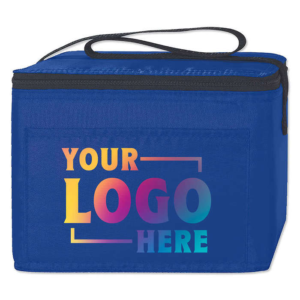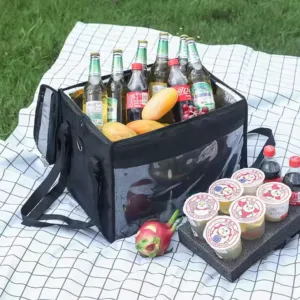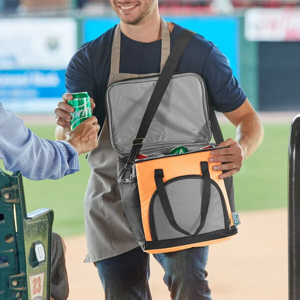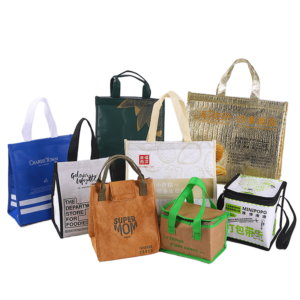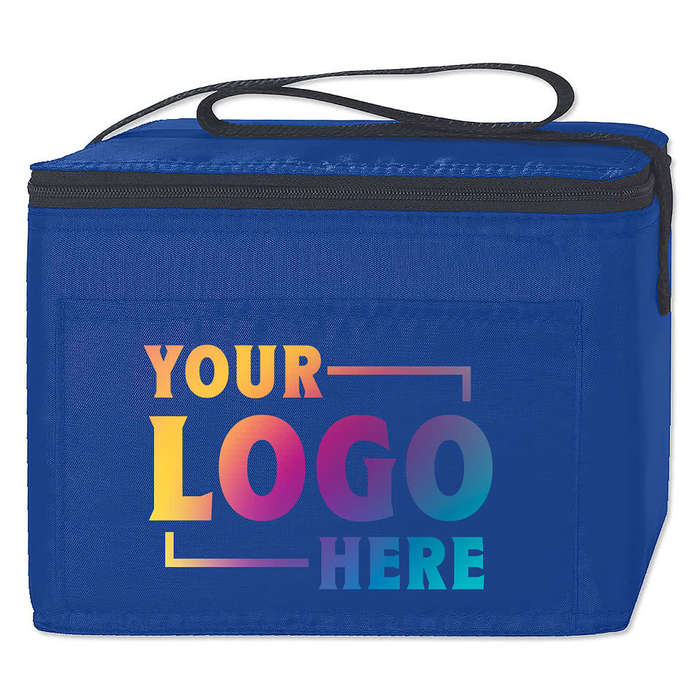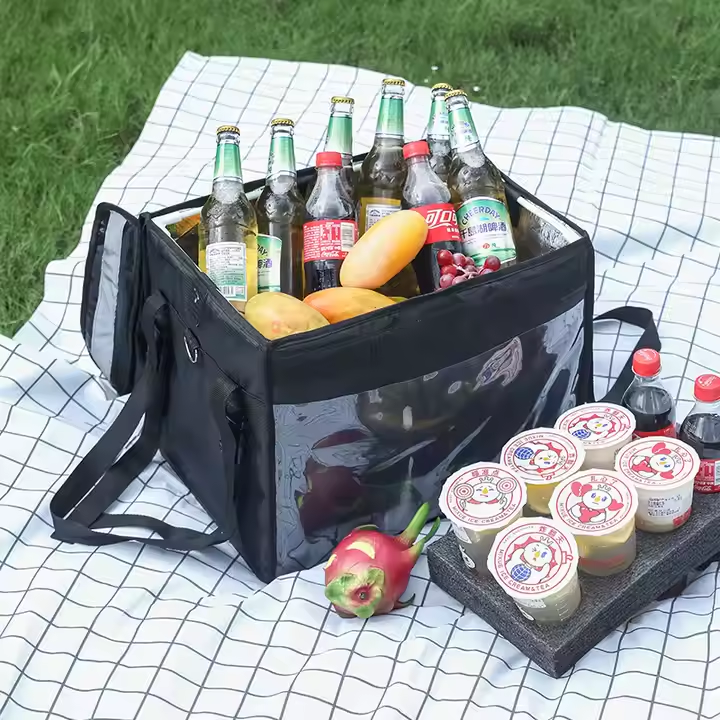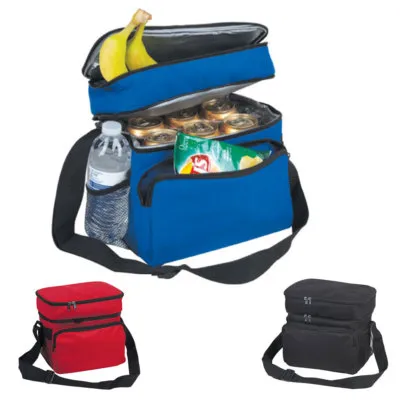Proper storage and transport of non woven bags is essential for preserving their quality, extending their lifespan, and ensuring hygienic reuse. This guide provides practical, tested tips based on durability and sustainability needs.
10 Tips for Storing and Transporting Non Woven Bags Properly
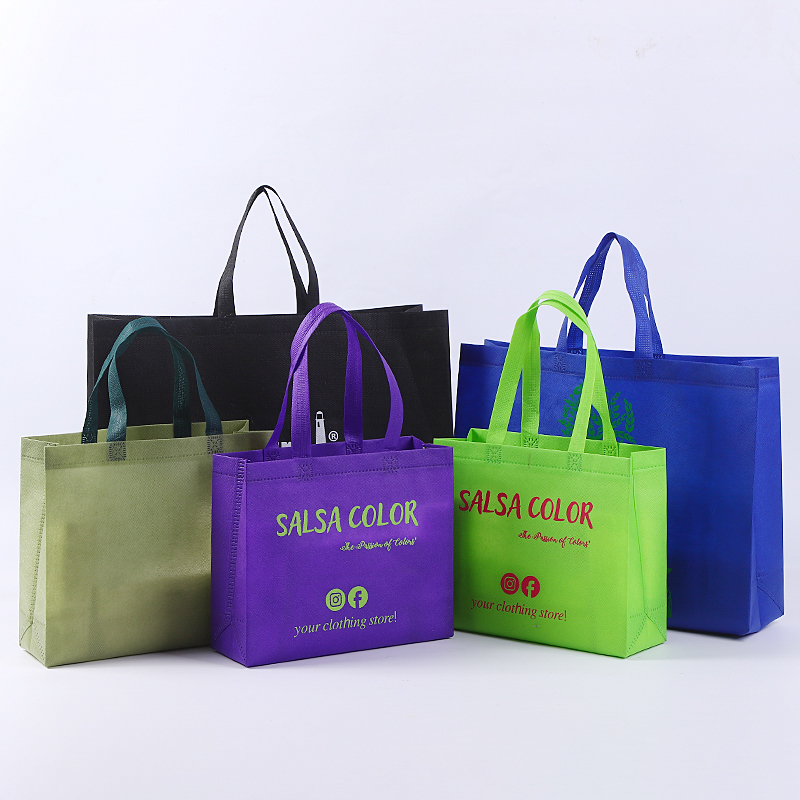
To keep non woven bags in good condition, store them dry, clean, and away from heat or sun. Fold neatly, separate by purpose, and avoid chemical exposure.
These tips will help your bags last longer and stay ready for everyday use. For high-quality non woven bags, visit JiaRong Packing's official product page.
Clean Bags Before Storage
Cleaning before storage is essential to prevent mold, odor, and stains.
How to Clean Non Woven Bags
| Cleaning Method | Description |
|---|---|
| Wipe with Damp Cloth | For light dirt, gently wipe surface. |
| Hand Wash | For heavy stains, use mild soap and rinse. |
| Air Dry | Always dry thoroughly before storing. |
Cleaning after every use keeps the bag fresh. Skipping this step can trap food particles, dust, or spills inside the material. Over time, this encourages bacterial growth and odors. Bags that are cleaned regularly remain in usable condition longer. Air drying is critical—trapped moisture will lead to mildew and even degrade the fibers.
Store in a Cool, Dry Place
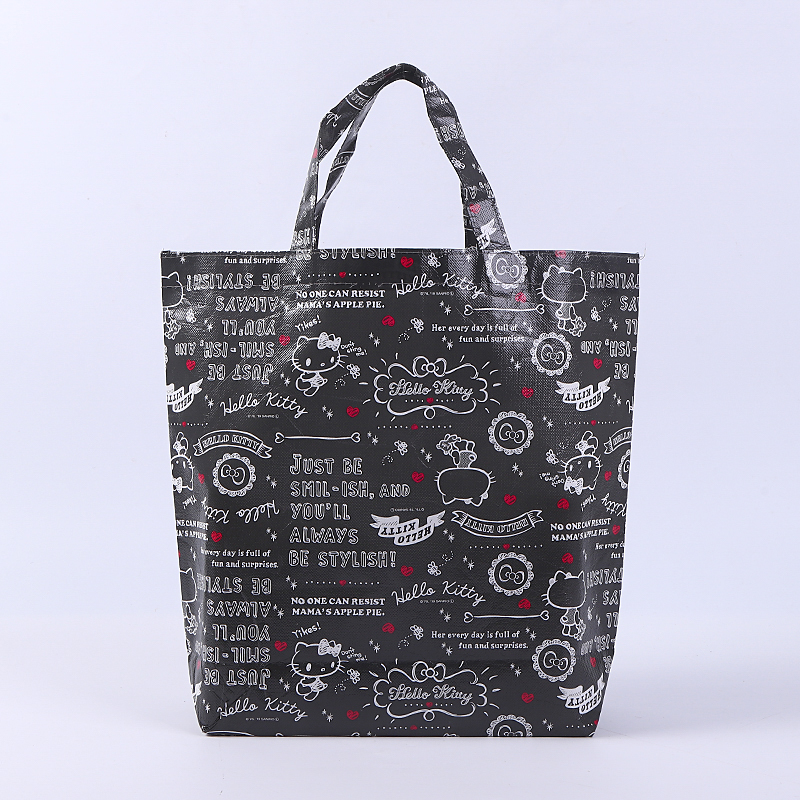
Humidity can damage non woven materials over time.
Ideal Storage Locations
| Location | Suitability |
|---|---|
| Bedroom Closet | Excellent |
| Dry Kitchen Cabinet | Good |
| Basement | Poor – too humid |
| Bathroom | Poor – moisture |
Non woven fabric weakens when exposed to constant moisture. Keeping bags in a well-ventilated and cool area will extend their lifespan. Avoid high-humidity zones such as basements or areas near water heaters. A simple switch to dry storage can add years of usability to your bags.
Avoid Direct Sunlight and Rain
Sun and rain quickly reduce material strength and appearance.
Effects of Weather Exposure
| Exposure | Consequence |
|---|---|
| Direct Sunlight | Fades colors, weakens fabric fibers |
| Rain or Dampness | Promotes mold, causes odors |
Long-term sunlight exposure makes fabric brittle. Colored logos or prints fade quickly under UV rays. Rain or even morning dew can seep into storage areas like cars or patios and cause irreversible damage. Always store bags indoors, away from windows or leaky roofs.
Keep Storage Time in Mind
Using bags occasionally prevents material stiffening and wear at folds.
Recommended Storage Duration
| Condition | Suggested Use Cycle |
|---|---|
| Indoor Storage | Every 1–2 weeks |
| Long-Term Storage | Not recommended |
Even the best materials age when unused. Taking out your bags for periodic use ensures they stay pliable and free of hard creases. If you store them too long, folds may harden or tear. Use rotation schedules like you would with clothing or seasonal items.
Fold or Roll Neatly
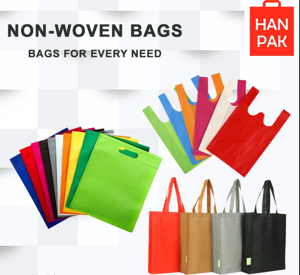
Neat folding keeps bags compact without stressing the seams.
Folding Techniques
| Method | Benefit |
|---|---|
| Flat Fold | Saves space, easy stacking |
| Rolling | Less creasing, good for tote shapes |
| Variable Fold | Prevents repeated seam pressure |
Don't force a bag into a tight fold. That creates stress points and can tear fabric at seams. Alternate folding methods each time. For example, fold horizontally once, then vertically the next time. This prevents wear lines and keeps bags looking new.
Organize for Easy Access
Organizing by type or use makes bag selection quicker and easier.
Simple Organization Systems
| Organizer Type | Best Use |
|---|---|
| Drawer Divider | Small foldable bags |
| Clear Plastic Bin | Mixed bag sizes |
| Hanging File Organizer | Flat or printed bags |
Disorganized storage often leads to crumpled or lost bags. Use simple, labeled containers or folders to organize by function—shopping, gifts, or food delivery. This saves time and helps prevent damage from overstuffing one drawer or bin.
Separate by Usage

Designating bags for specific uses avoids contamination and damage.
Example Usage Categories
| Category | Contents |
|---|---|
| Food Bags | Groceries, fruits, bakery items |
| Chemical Bags | Detergents, cleaning supplies |
| Gift Bags | New or decorative purposes |
You shouldn’t mix a bag used for groceries with one that once carried paint or detergent. Keeping food-use bags separate ensures hygiene. It's also smart to mark or label the bags clearly—perhaps with a fabric pen or tag.
Avoid Storing with Corrosive Substances
Chemicals and solvents can weaken or destroy the material.
Substances to Avoid
| Item Type | Harmful Effect |
|---|---|
| Bleach | Breaks down fibers |
| Paint Thinners | Destroys waterproof layers |
| Acids or Cleaners | Leaves residue, weakens fabric |
Keep storage areas free of corrosive materials. Even sealed containers of cleaning fluid can emit fumes that damage sensitive materials over time. Store non woven bags separately from household cleaners or hardware tools to avoid accidental contact.
Support and Maintain Shape for Larger Bags
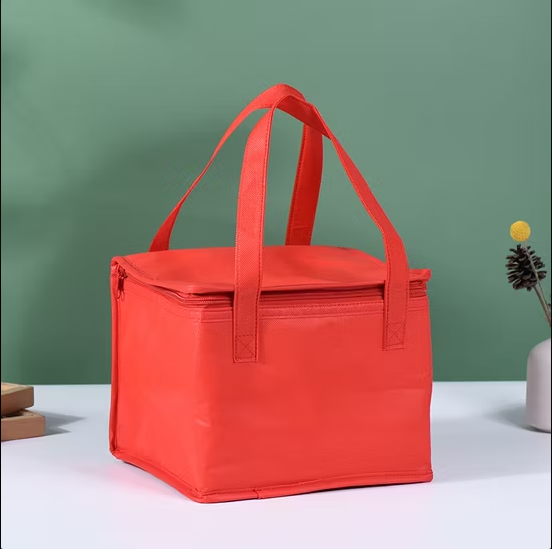
Proper internal support keeps large bags functional and attractive.
Support Ideas
| Material | Use Case |
|---|---|
| Tissue Paper | Keeps gift bags upright |
| Soft Towels | Maintains tote bag shape |
| Air Pillows | Prevents collapsing in storage |
Large bags collapse easily without contents. Over time, this can create permanent fold lines. Simple fillers like bubble wrap or unused soft fabric maintain shape and prevent creases. This helps when you reuse bags for events or displays.
Mind On-the-Go Storage
Portable storage ensures you always have a reusable bag when needed.
Easy Carry Options
| Method | Advantage |
|---|---|
| Purse Pouch | Convenient, fits daily carry |
| Glove Compartment | Always available during shopping |
| Keychain Fold Bag | Ultra-portable, emergency use |
Always having a bag on hand means fewer plastic bags used in stores. Foldable non woven bags are perfect for glove compartments or travel pouches. Keep 1–2 clean ones ready in your car or backpack for spontaneous shopping or errands.
Conclusion
Storing and transporting non woven bags the right way ensures they remain clean, durable, and reusable for years. Each tip helps reduce waste and increase convenience. At JiaRong Packing, we design our non woven bags with durability in mind, but how you care for them makes a big difference too. Explore our non woven bag collection for top-quality, customizable options. Let us know your tips or questions in the comments!


